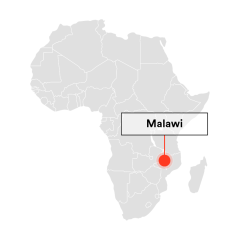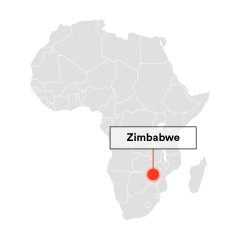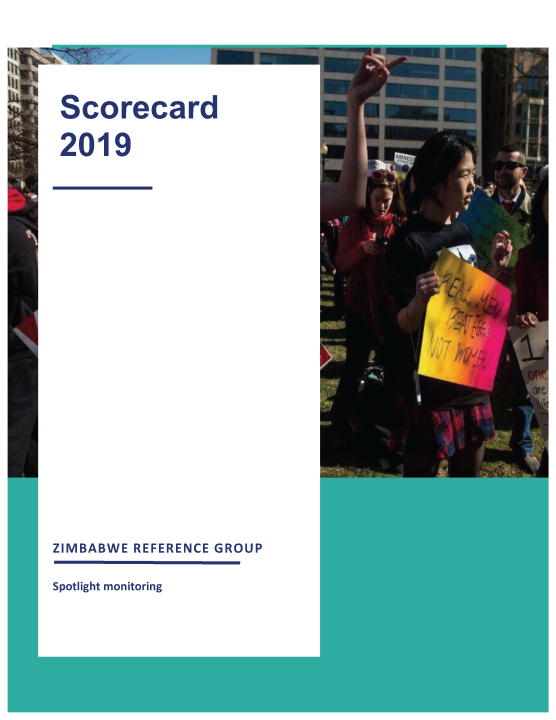Use participatory monitoring and evaluation approaches

Use participatory monitoring and evaluation approaches
Case Studies

Global-level work by Spotlight Initiative on participatory monitoring and evaluation has provided critical support to national-level leadership in advancing participatory monitoring and evaluation. For example, in Malawi, the Spotlight Initiative team set up monitoring structures at district level called “communities of practices”. These are composed of diverse stakeholders and led by district officials, taking a decentralised approach in order to create a more autonomous approach to reporting, including on Spotlight Initiative programming. They are seen as instrumental to ensuring local ownership, and engaging marginalised and rural communities – in keeping with the Leave No One Behind principle.
Through focus groups discussions, key informant interviews and one anonymous survey, this inclusive process had two main objectives: to check whether women and girls and other stakeholders felt the Spotlight Initiative programme was relevant and sustainable, and to assess what was and was not working (and why) so that the Malawi team could recalibrate programming. As a result of rights-holders’ feedback and insights, the country team was able to identify bottlenecks and find mitigating solutions, shaping the interventions that have been prioritised in Phase II. Moreover, this innovative practice will contribute to increasing the quality and sustainability of Spotlight Initiative programming, and enhance ownership and participation.



The Niger Civil Society Reference Group (CSRG) have implemented and tested various PME approaches to assess national programme results. Through monitoring visits conducted in all four target provinces in-country, members of the CSRG have listened to the stories of women and girls served by Spotlight Initiative, learning more about their expectations and hopes. In a safe and secure environment, Civil Society Reference Group members transformed “programme beneficiaries” into valuable advisers and agents of change. For example, the National CRSG conducted independent monitoring using the Civil Society Monitoring Toolkit and developed an Advocacy Scorecard in 2021. The group used the “most significant change” technique when implementing their participatory monitoring and evaluation strategy, collecting stories of change and testimonies from women and girls directly impacted by Spotlight Initiative. Their critical perspective helped to shape and adapt programming.
“Thanks to participatory monitoring and evaluation, civil society is changing the narrative,” says Mr. Soumaila, a gender equality and human rights activist for two decades. He is a member of the civil society organisation (CSO) Comité Nigerien sur les pratiques Traditionnelles ayant effet sur la santé des Femmes et des Enfants, which focuses on traditional practices affecting women's and girls’ health, and has been on the board of the Spotlight Initiative Civil Society Reference Group (CSRG) of Niger since 2019. “We are putting women and girls, and more generally, target communities, in the driving seat. We are listening to marginalised and stigmatised groups, women and girls with disabilities, those with albinism and others. We are shifting our focus from what we need to achieve to what has really changed or needs to be changed in the lives of each community member. We want to produce real and sustainable change in the lives of women and girls.”



Civil Society Reference Groups (CSRGs) have been formed at the national, regional and global levels to advise, monitor and hold Spotlight Initiative programmes accountable to women, girls and feminist movements. As a reflection of participatory monitoring, national CRSGs have developed independent scorecards to monitor Spotlight Initiative’s processes and systems, with a focus on civil society participation in programme design, access to funding, and engagement in implementation, among other areas. The scorecards, and approach to the scorecard, represents an increasingly (participatory) way “to take stock of what is working well, and where Spotlight Initiative can do better in its efforts to be a model fund for eliminating violence against women and girls”, as noted by the Zimbabwe Spotlight Initiative Scorecard from 2019.

The Zimbabwe CSRG chose five indicators to monitor using the scorecard format:
- Representation of gender equality and feminist leaders in the National Steering Committee;
- Representation of gender equality and feminists leaders in the CSRG;
- Number of Spotlight Initiative Implementing Partners in the Country Programme working with marginalised and excluded population groups;
- Involvement of feminists and women’s rights groups in the design of the Spotlight Initiative Country Programme; and
- Percentage of Spotlight Initiative funds reaching constituency-led groups.
Some of the 2019 findings include:
- 21% of the National Steering Committee are women’s rights and feminist movement leaders.
- 81% of the National CSRG members are women’s rights and feminist movement leaders.
- 68% of the Zimbabwe Spotlight Initiative funding reaches constituency-led groups.



Spotlight Initiative in Malawi engaged in an innovative practice by including the perspectives and experiences of communities and rights holders into the design and implementation of the programme’s Midterm Review.
Through focus groups discussions, key informant interviews and one anonymous survey, this inclusive process had two main objectives: to check whether women and girls and other stakeholders felt the programme was relevant and sustainable, and to assess what was and was not working (and why) so that the Malawi Spotlight Initiative team could recalibrate programming.
As a result of rights-holders’ feedback and insights, the country team was able to identify bottlenecks and find mitigating solutions, shaping the interventions that have been prioritised in Phase II. Moreover, this innovative practice will contribute to increasing the quality and sustainability of programming in the Initiative and enhance ownership and participation.







